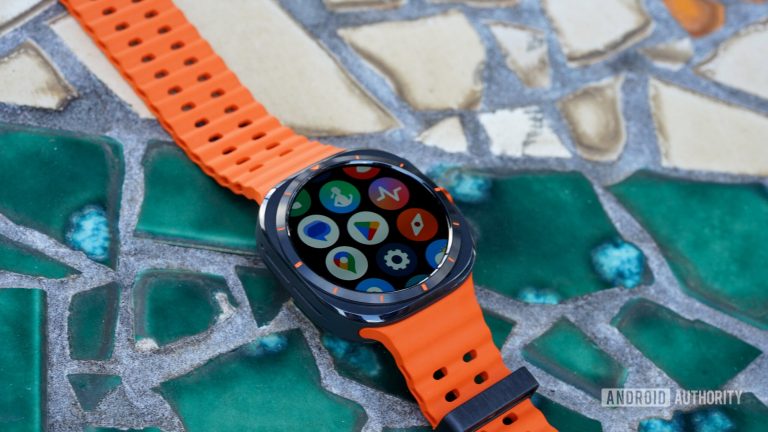UK facility reveals iPhone 16 design change that was a secret until now


According to the British newspaper The Telegraph, Apple is going to make major changes to the Face ID system, which helps with user authentication, improves the quality of photographs, and creates better augmented reality experiences.
Per the outlet, the US semiconductor company Coherent, which has a microchip plant in the UK and supplied components for the Face ID system, is closing down.
The report is thin on details about what changes Apple is ] going to make, but it notes that the system will be overhauled and feature a much smaller module than before. This might allow Apple to shrink the size of the Dynamic Island, the pill-shaped area that houses sensors and camera hardware.
The Face ID system is not expected to move beneath the screen before 2025 at the earliest, so Apple might improve the iPhone 16‘s aesthetics by slimming down the Dynamic Island. We have obviously got no insight into Apple’s plans, and it’s possible that the alleged changes will only improve how Face ID works and have no bearing on the design of the iPhone 16.
DigiTimes has corroboratedThe Telegraph’s report and also has indicated that the iPhone 16 series will feature Face ID-related design changes.
With several months left to go until the iPhone 16‘s launch, we will likely hear more about the overhauled Face ID system before the phones are released.
Per previous rumors, the Pro models will have a bigger screen while the regular models will feature a redesigned rear camera array. The entire lineup is also likely to get a new Capture button and will be powered by chipsets based on TSMC’s N3E process.





